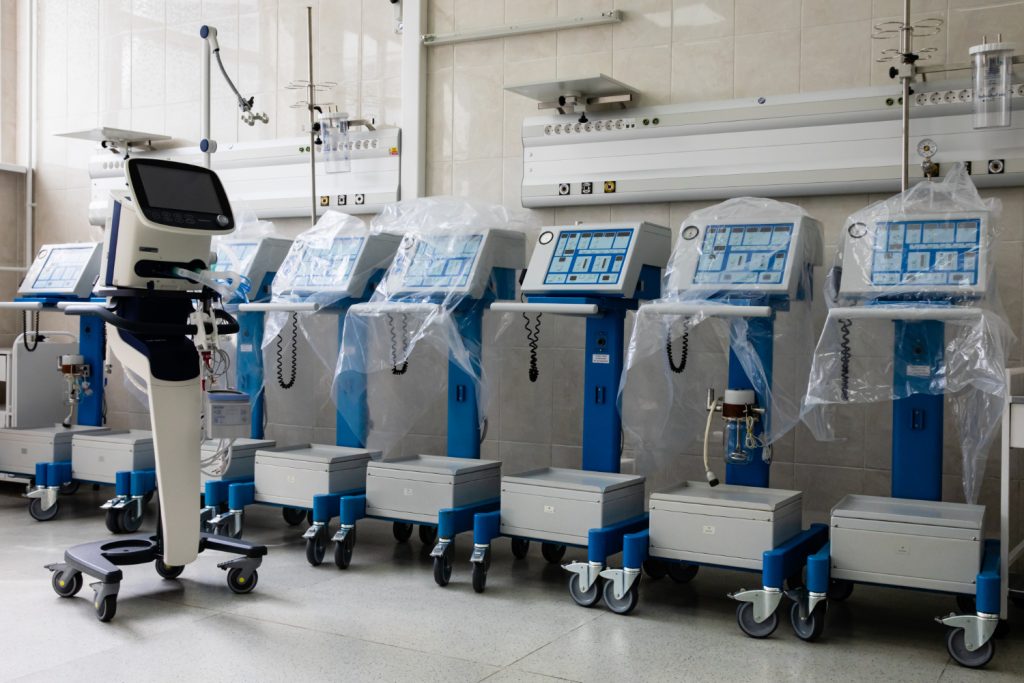The healthcare industry thrives on innovation. Each year brings a wave of new technologies aimed at improving patient outcomes, streamlining procedures, and enhancing diagnostic accuracy. However, in the world of medical device design, pushing the boundaries of innovation must go hand in hand with a deep commitment to safety and regulatory compliance.
As companies race to bring life-saving products to market, the challenge lies in developing solutions that are not only cutting-edge but also reliable, testable, and fully compliant with stringent health and safety standards. Striking this delicate balance is where expert engineering teams make the difference.

Medical Device Design – Why Safety Is the First Priority
At the heart of any medical device is the patient. Unlike products in other industries, a failure in a medical device can result in injury—or worse. Whether it’s an implantable sensor, a surgical instrument, or a wearable monitor, each component must be meticulously designed, tested, and validated before entering the market.
Safety is not just about preventing malfunctions. It also involves biocompatibility, sterilization, electrical safety, ergonomic usability, and long-term performance under real-world conditions. A reliable device must function as expected even in the most unpredictable clinical environments.
Therefore, safety is not a feature—it is a foundational principle in every phase of development.
Incorporating Innovation in Medical Device Engineering
While safety lays the groundwork, innovation propels the industry forward. Engineers working on medical device projects are constantly exploring new materials, smarter sensors, miniaturization techniques, wireless connectivity, and AI-powered diagnostics. These innovations have the potential to revolutionize treatment and monitoring—but they must be implemented responsibly.
Innovative designs must undergo feasibility studies, risk analysis, and verification testing to ensure that creative solutions do not compromise the integrity of the device. The best innovations are those that improve patient outcomes while enhancing device safety and reliability.
Regulatory Compliance in Medical Device Development
The development of a medical device must follow strict regulatory frameworks. Agencies like the FDA (in the United States), CE (in Europe), and other local authorities set specific guidelines for how devices should be developed, tested, and labeled.
Compliance begins at the design stage. Every decision must be documented and justified within a Quality Management System (QMS), which includes design controls, risk management processes, verification and validation plans, and traceability.
Failure to adhere to regulatory standards can result in delays, fines, or product recalls. That’s why having a multidisciplinary engineering team with experience in medical regulations is critical to a smooth path from concept to commercialization.
Cross-Disciplinary Collaboration in Medical Device Projects
Modern medical device development rarely happens in isolation. Successful projects rely on close collaboration between mechanical, electrical, software, and biomedical engineers, as well as clinicians, industrial designers, and quality assurance experts.
Each discipline brings unique expertise to the table. For example, mechanical engineers focus on enclosure design, material selection, and manufacturability; electrical engineers handle power management and sensor integration; while software teams ensure reliable data processing and user interface design.
Effective communication between teams ensures that the final device functions as a cohesive, safe, and user-friendly product.
Risk Management and Design Verification
One of the most critical aspects of medical device design is formal risk management. Using tools like FMEA (Failure Modes and Effects Analysis), engineers identify potential failure points and design countermeasures accordingly.
Risk assessments are revisited throughout the development cycle to reflect new data from testing or clinical feedback. These activities culminate in thorough design verification and validation stages, where the device is tested against design inputs and real-world use scenarios.
Documented evidence of these activities is not only a regulatory requirement but also a safeguard for end users.
Manufacturing and Scalability Considerations
A good medical device must not only work well in prototype form—it must also be scalable for manufacturing. Engineers must consider how materials, assembly methods, tolerances, and packaging will translate into mass production.
Design for manufacturability (DFM) and design for testability (DFT) principles help prevent costly changes later in the process. Collaborating with trusted manufacturing partners ensures the transition from R&D to production is smooth, efficient, and consistent with regulatory requirements.
Furthermore, ongoing quality control measures must be integrated throughout the supply chain to maintain safety and performance during the product lifecycle.
How HDE Balances Innovation and Safety in Every Medical Device Project
At HDE, we specialize in developing advanced electro-mechanical systems, including high-performance medical devices. Our team of experienced engineers supports innovation with a deep understanding of regulatory standards, risk management, and system integration.
We work closely with global medical companies, startups, and research institutes to bring complex projects to life—from sterile packaging systems to diagnostic technologies and wearable devices. Our multidisciplinary approach ensures that both creative ideas and strict safety protocols coexist at every stage of development.
Explore HDE’s customers, learn more about HDE’s activities and projects, and discover how we help companies achieve breakthrough innovation without compromising on safety, compliance, or reliability.



